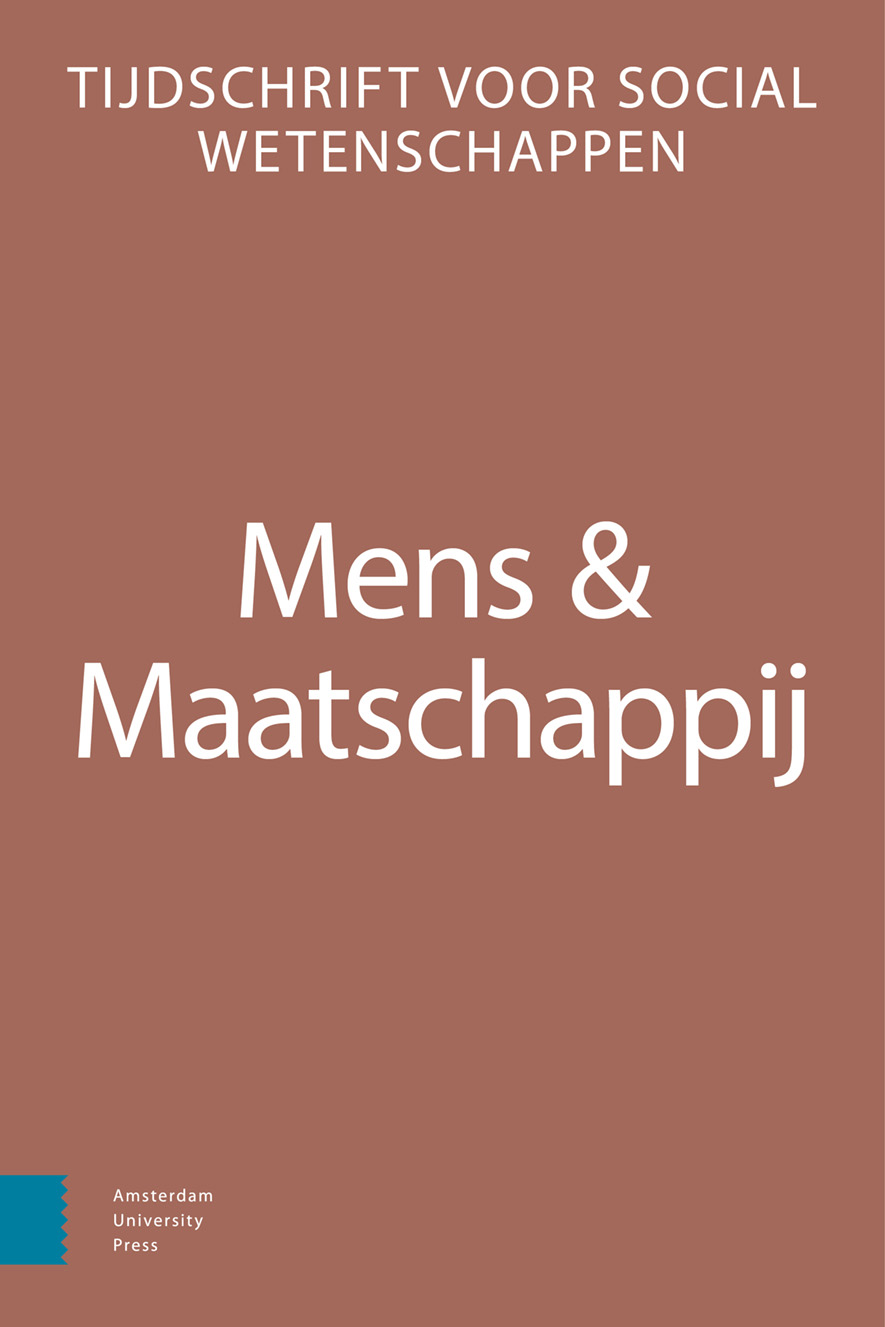-
oa Hoe zwaar weegt technologie op de werk-privé weegschaal?
Een kwalitatieve studie naar de impact van persoonlijk technologiegebruik op het werk op de werk-privé balans
- Amsterdam University Press
- Source: Mens & Maatschappij, Volume 94, Issue 1, Mar 2019, p. 5 - 28
-
- 01 Mar 2019
Abstract
How much does technology weigh on the work-life balance scale?
A qualitative study showing the influence of personal technology usage at the workplace on work-life balance
This article shows through nine interviews how personal technology usage at the workplace influences how people with different roles experience their work-life balance (wlb). A distinction can be made between managers and non-managers. Managers experience the freedom to cross the borders between the work and life domains, while non-managers see this action as deviant behavior. As a result, managers use technology to be able to fulfill their private roles in the workdomain in order to compensate for their lacking time in the private domain. Non-managers don’t share the same freedom, and therefore experience a good wlb when they strictly divide their roles. In addition, parents with young children experience a better wlb because of technology usage. They use it to stay in contact with their children for whom they feel great responsibility. Parents with older children don’t feel the need to stay in contact all day and try to separate their roles. Furthermore, all respondents experience less satisfaction with the performance of their work role through personal internet use for relaxation (cyberloafing), resulting in a worsened wlb.


